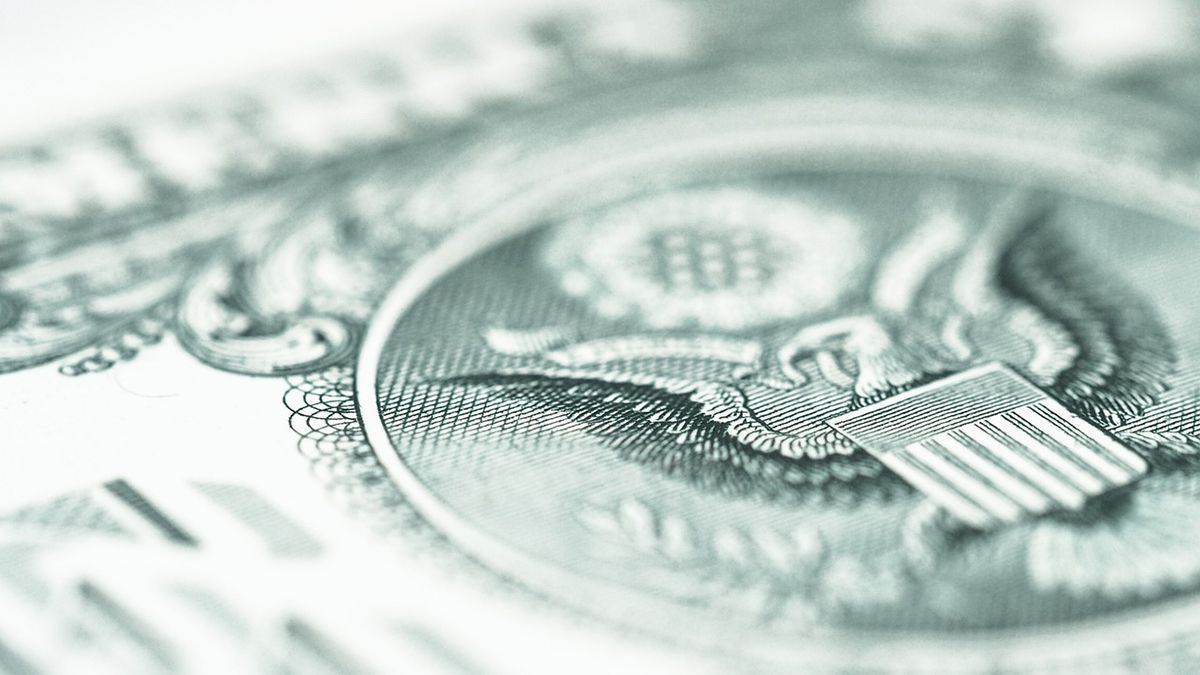He global dollar reached its biggest weekly gain in more than a month this Friday, as markets reassess expectations of future cuts in the interest rates on the part of the Federal Reserve (Fed) and with the opinion that the policies of the president-elect donald trump could fuel the inflation in USA when he takes office.
He dollar index — which measures the greenback’s performance relative to a basket of six other international currencies — traded near a one-year high of 107.07, having risen nearly 1.65% this week. Finally, it fell 0.19% to 106.68, still posting its best weekly performance since September.
The volatility in currency markets has been high this week, as investors weigh the potential boost for the dollar of Trump’s proposals on taxes and tariffs versus what those plans mean for the rest of the world. This has been a key pillar of support for the currency, as the expectation that higher inflation under the next Republican president will mean that the Federal Reserve has less room to cut interest rates.
The president of the Fed, Jerome Powellsaid the same thing on Thursday, citing the economic growth in progress, a labor market solid and a rigid inflation.
“What we are seeing is that the Federal Reserve “is starting to be a little cautious about what might be coming, although they have to continue to rely on the data, so they can’t make policies about possible Trump actions until they have actually occurred,” he told Reuters. Fiona Cincotta, market strategist City Index. “The market is getting the feeling of ‘actually, next year we’re not going to see as many cuts as we expected,'” he added.
Powell said the central bank did not need to rush to lower interest rates, prompting traders to reduce their most aggressive bets on a rate cut next month and beyond. Thus, the probability of a cut in December has fallen below 50% from around 82% a day ago, according to the tool CME FedWatch.
For its part, and in the face of a dollar who recovers, yen has been in the spotlight as it has weakened to levels that have caused Japanese authorities to intervene in the past: the Japanese currency has fallen almost 11% from its September high and weakened beyond the level of 156 per dollar for the first time since July in the previous session. Finally, it lost 1.4% and stood at 154.145 yen per dollar.
“The pace always matters more than the level. Given that the yen has already weakened 11% against the dollar in the last two months, I think we are getting closer to real intervention,” he said Carol Kong, foreign exchange strategist Commonwealth Bank of Australia.
The Minister of Finance, Katsunobu Katosaid on Friday that authorities would take appropriate measures against excessive exchange rate movements. The yen fell 0.1% to 156.39 per dollar, on track for a 2.4% weekly decline.
Meanwhile, the euro signed its second consecutive week of losses after falling to its lowest level since October 2023, trading at $1.054025.
Regarding cryptocurrencies, the bitcoin fell back below the $90,000 level as some investors took profits after a stellar run. The cryptocurrency largest in the world has risen almost 30% in the past two weeks on the view that friendlier US regulation was imminent under the Trump administration and could usher in a new boom for all corners of the asset class .
Source: Ambito
I am Pierce Boyd, a driven and ambitious professional working in the news industry. I have been writing for 24 Hours Worlds for over five years, specializing in sports section coverage. During my tenure at the publication, I have built an impressive portfolio of articles that has earned me a reputation as an experienced journalist and content creator.




